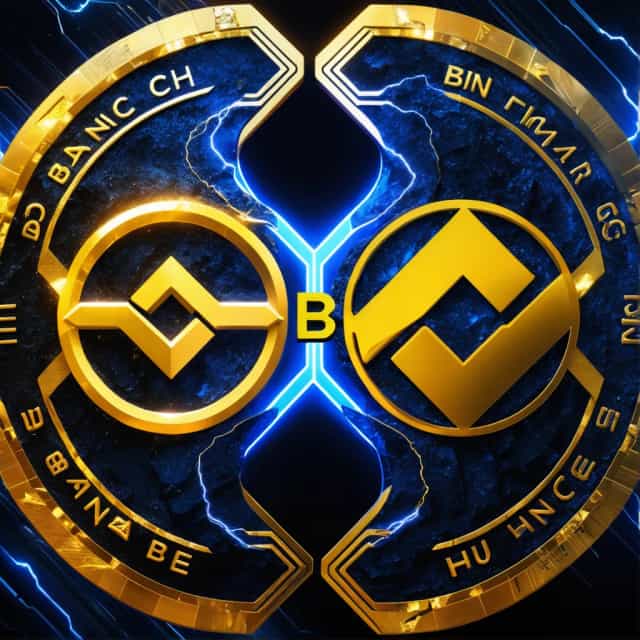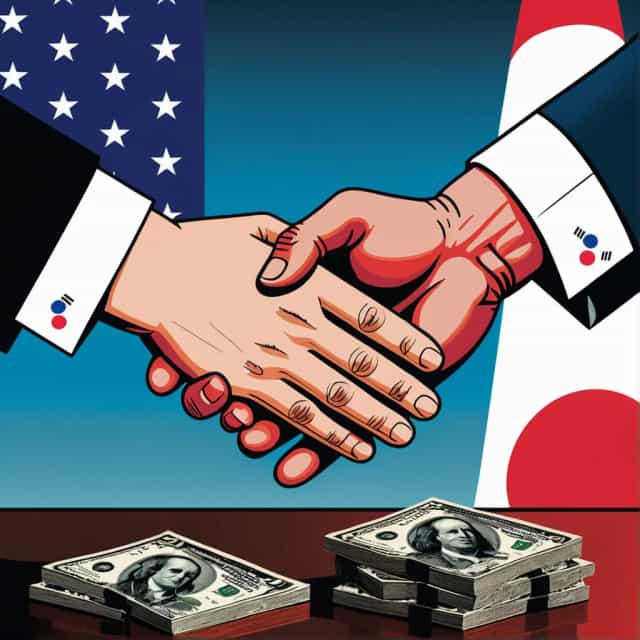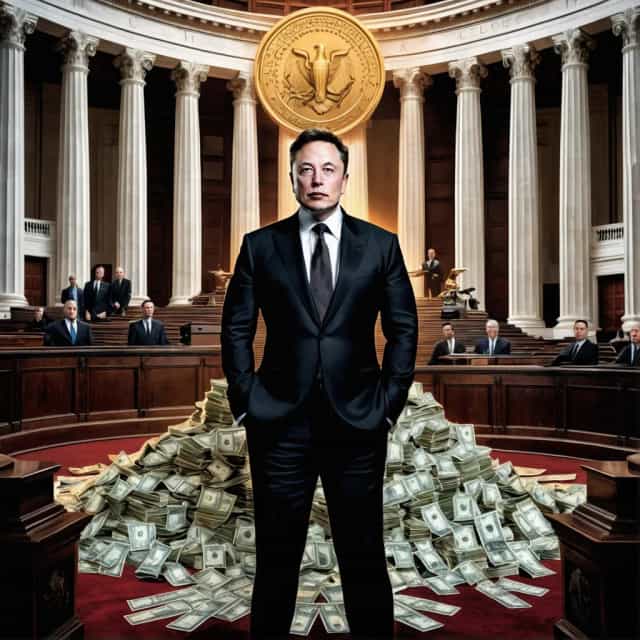
Image source: Block Media
KOSPI Soars Beyond 3740 Amid Semiconductor Supercycle and Easing U.S.-South Korea Trade Tensions
The KOSPI (Korea Composite Stock Price Index) surged to unprecedented levels on October 16, fueled by optimism surrounding a robust semiconductor supercycle and expectations of improved liquidity measures from the U.S. Federal Reserve. Despite ongoing concerns over U.S.-China tensions, robust foreign and institutional investor activity propelled the index to record-breaking highs for the second consecutive session.
According to the Korea Exchange, KOSPI closed the day at 3748.37 points, up 91.09 points (2.49%) from the prior session’s close of 3657.28. The index opened at 3675.82, already gaining 18.54 points (0.51%), and continued to rally past the 3700 milestone for the first time, marking a new intraday record.
Foreign and Institutional Investors Drive Market Surge
Retail investors took a more cautious stance, unloading a net 1.4655 trillion won in KOSPI-listed stocks during the session. Meanwhile, foreign investors contributed a net buying spree of 669 billion won, while institutional players added 805.8 billion won in net purchases, illustrating significant confidence in the Korean market.
Jae-won Lee, a senior researcher at Shinhan Investment Corp., explained this trend, stating: “Foreign investors have been net buyers of KOSPI stocks for three consecutive trading sessions. Notably, the semiconductor giants such as Samsung Electronics and SK Hynix are seeing strong price movements, underpinned by optimism in the semiconductor supercycle.”
At the same time, Lee highlighted potential challenges, including slow progress in U.S.-South Korea tariff negotiations. Still, he noted that recent comments from trade officials signal improving relations, which could lead to broader recoveries in key export-driven sectors like automotive manufacturing.
Semiconductor Giants Lead Rally as Market Heavyweights Advance
Among the index's blue-chip stocks, most major players closed the session on a high note, with the sole exception of Hanwha Aerospace, which dipped 1.89%. Samsung Electronics shone, rising 2.84% to finish at 97,700 won, while SK Hynix posted an impressive 7.10% gain, closing at 452,500 won—both reaching new historical highs.
Other major contributors to the KOSPI rally included LG Energy Solution, which jumped 8.80%, and Hyundai Motor, soaring 8.28%. These positive trends underscored investor confidence in Korea’s leading companies, particularly those benefiting from advances in clean energy and global mobility demand.
KOSDAQ Posts Modest Gains Amid Mixed Performances by Top Stocks
The smaller KOSDAQ index also managed to edge higher, despite a more subdued rally compared to KOSPI. It added 0.69 points (0.08%) to close at 865.41, slightly above its previous finish of 864.72. The KOSDAQ opened at 853.17, gaining 5.21 points (0.61%) early in the day before stabilizing.
Unlike KOSPI, retail investors dominated the KOSDAQ, posting net purchases worth 358.7 billion won. On the contrary, foreign investors and institutions sold off 90.6 billion won and 242.3 billion won, respectively, reflecting a divergence in sentiment compared to the main board.
Performance among KOSDAQ’s top stocks varied significantly. Fast-growing firms like EcoProBM and EcoPro continued their momentum, posting remarkable gains of 14.22% and 14.03%, respectively. However, biopharmaceutical firms faced selling pressure, with Alteogen sliding 2.92% and RigakenBio plummeting 7.96%.
Korean Won Marginally Gains Against Dollar
The foreign exchange market saw the Korean won strengthen slightly against the U.S. dollar. The dollar-won exchange rate closed at 1417.9 won, a modest 3.4-won decrease from the prior day’s closing rate of 1421.3 won. This incremental gain suggests an environment of cautious optimism as global monetary policies and trade dynamics remain in focus.
Conclusion: KOSPI Momentum Rests on Semiconductors and Easing Geopolitical Risks
The KOSPI’s record-breaking performance underscores the market’s bullish sentiment, driven by a semiconductor-led surge and increased foreign investment. However, broader challenges such as U.S.-China tensions and tariff negotiations remain obstacles to sustained growth. As trade relations between the U.S. and South Korea show signs of improvement, the potential for recovery in major export sectors could further bolster investor confidence. Meanwhile, the KOSDAQ, though displaying mixed performance, remains attractive to domestic retail investors.










